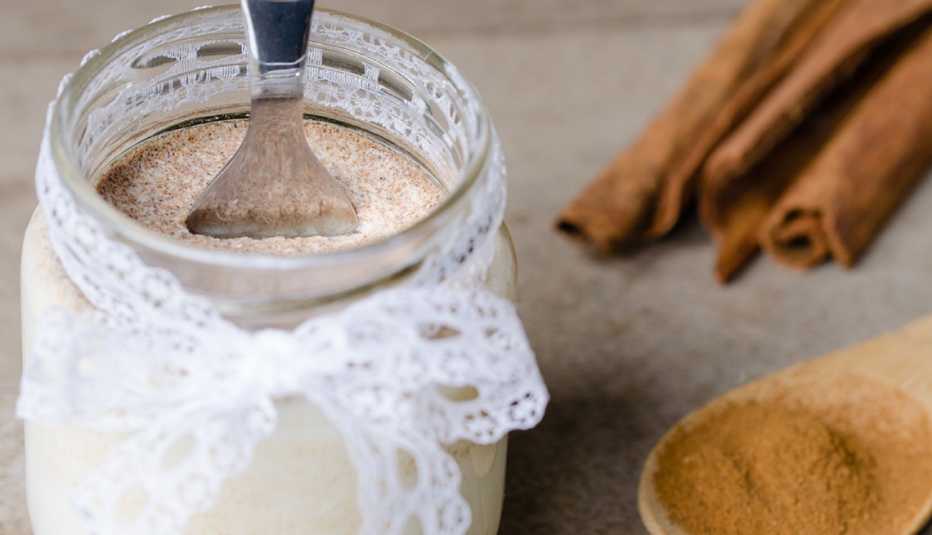Staying Fit
If you want a reference guide for how not to eat when you have type 2 diabetes, the holiday season is pretty much it. Starting Oct. 31, most people’s blood sugar goes on a wild ride that doesn’t stop until New Year’s Day.
One culprit is the sudden abundance of holiday-themed sweet treats everywhere. From a festive gingerbread twist on your morning coffee to trays of powdered sugar-dusted confections at the annual company cookie exchange, most of us use the holidays as an excuse to eat like Will Ferrell’s character in Elf. Syrup on spaghetti? Why not, it’s only once a year!


AARP Membership— $12 for your first year when you sign up for Automatic Renewal
Get instant access to members-only products and hundreds of discounts, a free second membership, and a subscription to AARP the Magazine.
Sweets and other carbs are notoriously bad for people with type 2 diabetes, a disease characterized by elevated levels of sugar (glucose) in the blood. High blood glucose, or hyperglycemia, is caused by an inability to properly make or use insulin, the hormone that allows your cells to turn glucose into energy. Sugary foods and simple carbohydrates are broken down into glucose more quickly than protein or fats, so they have a larger impact on blood sugar.
Alcohol, which tends to flow freely this celebratory time of year, is another problem. “The liver is there to detox and remove the alcohol from your system. And if it’s doing that, it’s not able to release stored glucose to you, which can sometimes stabilize one’s blood sugar,” says Amy Kimberlain, a registered dietitian, certified diabetes care and education specialist, and spokesperson for the Academy of Nutrition and Dietetics. That can increase the risk of hypoglycemia, or low blood sugar.
And even if you can resist the incessant pressure to wash down Aunt Sally’s fruitcake with a cocktail or two, most celebrations revolve around one giant carb-laden food-coma-inducing feast. Gorging at meals is another no-no for anyone with type 2 diabetes because large portions can play havoc with blood sugar. Skipping meals — perhaps in anticipation of stuffing yourself later on — is a bad idea for similar reasons.
Before you let all this add to your seasonal stress, be assured that there is a single strategy that can help you handle all of the aforementioned issues with ease, though it’s a surprising one: snacking. “People tend to equate snacks with 'treat foods,' but they don’t have to be unhealthy,” says Grace Derocha, a registered dietitian, certified diabetes educator and spokesperson for the Academy of Nutrition and Dietetics. In fact, a few well-planned snacks can be key to getting you through the holidays without crazy blood sugar surges or weight gain.
The right snacks at the right times can help slow down digestion, keep blood glucose levels steady, and prevent the kind of hunger that leads to overeating,” says Derocha. “When you have type 2 diabetes, it’s especially important to eat regularly for steady energy.” Ideally, she says, someone with type 2 diabetes will want to eat every three to six hours for optimal blood sugar management.
Calorically, a snack should be small — New Jersey-based registered dietitian and certified diabetes educator Erin Palinski-Wade, author of 2 Day Diabetes Diet, recommends keeping them to around one-third to one-half as many calories as you eat at a meal. And, ideally, a good snack has a balance of lean protein, healthy fats and carbs. A good general rule of thumb is to look for snacks with 15 to 30 grams of carbs as well as some fiber, she says. This combination helps keep blood sugar levels steady and hunger at bay.






































































